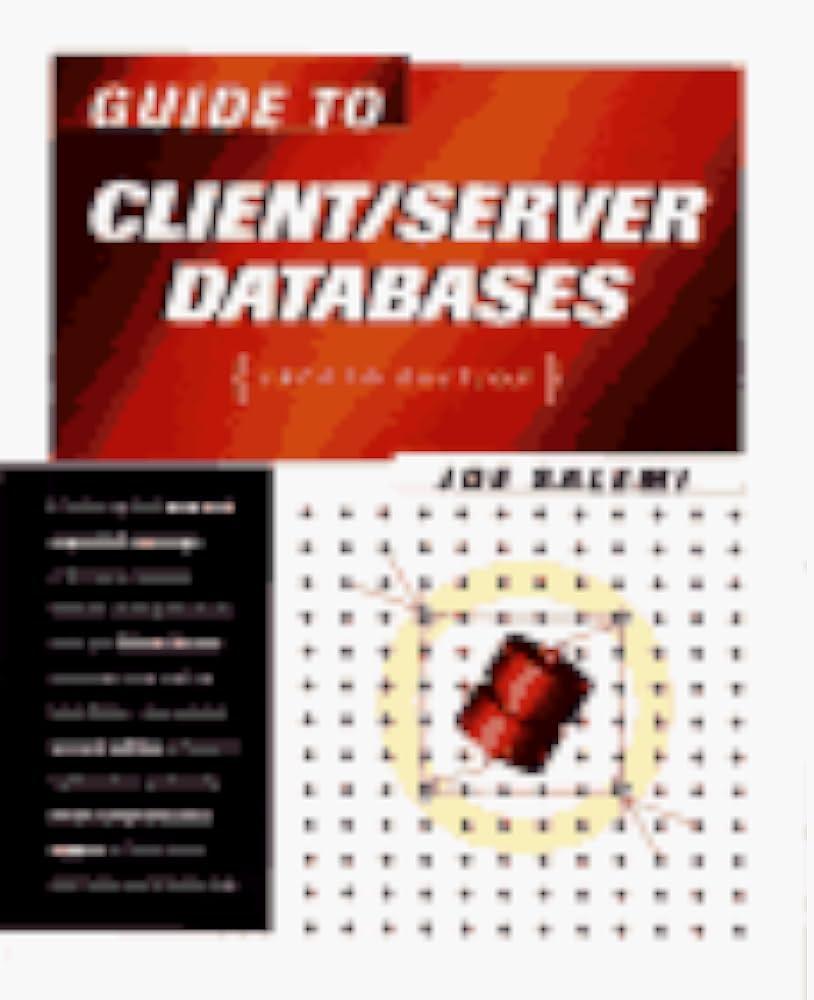Question
Create an Eclipse project named Lab_Project_9, then import the CPS150_Lab11.java source code file. Do not create a Main class; instead: Download the CPS150_Lab11.java file into
Create an Eclipse project named Lab_Project_9, then import the CPS150_Lab11.java source code file. Do not create a Main class; instead:
Download the CPS150_Lab11.java file into the src sub-folder of your project folder. Remember that if you created the project in the default location, the project folder is located in the workspace folder of your home folder (e.g.: C:\Users\doej1\workspace\Lab_Project_11).
In Eclipse's Project explorer:
Expand your project folder to display the src sub-folder.
Right-click on the src sub-folder, and select the Refresh option.
Expand the src sub-folder, and then the default package sub-folder.
Open the file CPS150_Lab11.java.
Once the source file is opened:
Open the source code and:
Add your name to the comment block immediately above public class CPS150_Lab11 (indicated by *** Replace with your name ***)
Add the code as described by (and immediately below) each of the comment blocks labeled Lab 11.1 - 11.7.
/* * CPS150_Lab11.java */ import java.io.*; import java.util.*; /** * CPS 150, Spring 2018 semester * * Section: *** Replace with your section number *** * * Lab Project 11: Rock, Paper, Scissors * * @author *** Replace with your name *** */ public class CPS150_Lab11 { // global named constant for random number generator static Random gen = new Random(); // global named constants for game choices static final int ROCK = 1; static final int PAPER = 2; static final int SCISSORS = 3; // global names constants for game outcomes static final int PLAYER1_WINS = 11; static final int PLAYER2_WINS = 12; static final int DRAW = 3; // global named constant for error condition static final int ERROR = -1; /** * 1. Get human player's choice * 2. Get computer player's (random) choice * 3. Check human player's choice * 4. Check computer player's choice * 5. Announce winner */ public static void main(String[] args) { Scanner scan = new Scanner(System.in); PrintStream output = System.out; int player1, player2; // get player 1 input as 1 (rock), 2 (paper or 3 (scissors) output.print("Choose 1 (rock), 2 (paper), or 3 (scissors): "); player1 = scan.nextInt(); // Lab 11.1 // // *** Add code here to validate that player1 has entered // an integer between 1 and 3 // otherwise, ABORT the program // echo human player's choice System.out.print(" You chose "); if (player1 == ROCK) { System.out.println("rock"); } else if (player1 == PAPER) { System.out.println("paper"); } else { System.out.println("scissors"); } // now computer picks one randomly output.println("Now I choose one ..."); /* Lab 11.2 *** Add code to and un-comment the following line so that player2 is set to a random integer between 1 and 3, using the gen Random object, ALREADY DECLARED AS A GLOBAL VARIABLE: */ // player2 = ...; System.out.print(" I choose "); // Lab 11.3 // // *** Add code here to output the computer's choice // as "rock", "paper" or "scissors" // Lab 11.4 // // *** Add code below to compare player input against // computer's choice and output results: // // if human player chose ROCK: // call rockChoice method with computer choice // output the game's outcome (returned from rockChoice) // otherwise, if human player chose PAPER: // call paperChoice method with computer choice // output the game's outcome (returned from paperChoice) // otherwise, if human player chose SCISSORS: // call scissorcChoice method with computer choice // output the game's outcome (returned from scissorcChoice) } // end main /** * Lab 11.5 * * rockChoice(int) -> int * * method consumes the computer player's choice (ROCK, PAPER or SCISSORS), * assuming the human player has chosen ROCK * method produces game outcome (PLAYER1_WINS, PLAYER2_WINS, or DRAW) * * ex1: rockChoice(ROCK) -> DRAW * ex2: rockChoice(PAPER) -> PLAYER2_WINS * ex3: rockChoice(SCISSORS) -> PLAYER1_WINS * ex4: rockChoice(0) -> ERROR * ex5: rockChoice(-1) -> ERROR * ex6: rockChoice(4) -> ERROR * * *** ADD METHOD CODE HERE *** */ /** * Lab 11.6 * * paperChoice(int) -> int * * method consumes the computer player's choice (ROCK, PAPER or SCISSORS), * assuming the human player has chosen PAPER * method produces game outcome (PLAYER1_WINS, PLAYER2_WINS, or DRAW) * * ex1: paperChoice(ROCK) -> PLAYER1_WINS * ex2: paperChoice(PAPER) -> DRAW * ex3: paperChoice(SCISSORS) -> PLAYER2_WINS * ex4: paperChoice(0) -> ERROR * ex5: paperChoice(-1) -> ERROR * ex6: paperChoice(4) -> ERROR * * *** ADD METHOD CODE HERE *** */ /** * Lab 11.7 * * scissorsChoice(int) -> int * * method consumes the computer player's choice (ROCK, PAPER or SCISSORS), * assuming the human player has chosen SCISSORS * method produces game outcome (PLAYER1_WINS, PLAYER2_WINS, or DRAW) * * ex1: scissorsChoice(ROCK) -> PLAYER2_WINS * ex2: scissorsChoice(PAPER) -> PLAYER1_WINS * ex3: scissorsChoice(SCISSORS) -> DRAW * ex4: scissorsChoice(0) -> ERROR * ex5: scissorsChoice(-1) -> ERROR * ex6: scissorsChoice(4) -> ERROR * * *** ADD METHOD CODE HERE *** */ } // end class CPS150_Lab11 Step by Step Solution
There are 3 Steps involved in it
Step: 1

Get Instant Access to Expert-Tailored Solutions
See step-by-step solutions with expert insights and AI powered tools for academic success
Step: 2

Step: 3

Ace Your Homework with AI
Get the answers you need in no time with our AI-driven, step-by-step assistance
Get Started


